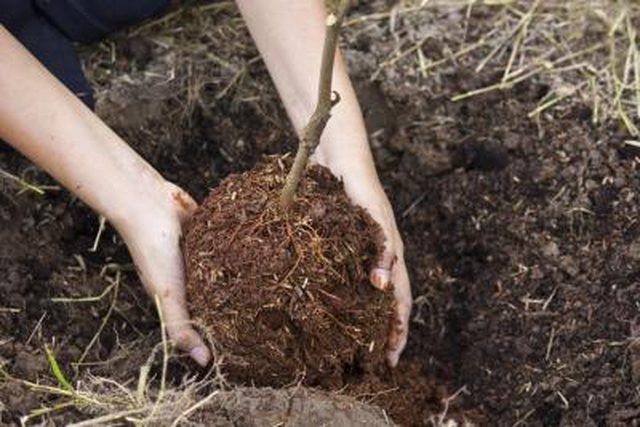Bulbs
Flower Basics
Flower Beds & Specialty Gardens
Flower Garden
Garden Furniture
Garden Gnomes
Garden Seeds
Garden Sheds
Garden Statues
Garden Tools & Supplies
Gardening Basics
Green & Organic
Groundcovers & Vines
Growing Annuals
Growing Basil
Growing Beans
Growing Berries
Growing Blueberries
Growing Cactus
Growing Corn
Growing Cotton
Growing Edibles
Growing Flowers
Growing Garlic
Growing Grapes
Growing Grass
Growing Herbs
Growing Jasmine
Growing Mint
Growing Mushrooms
Orchids
Growing Peanuts
Growing Perennials
Growing Plants
Growing Rosemary
Growing Roses
Growing Strawberries
Growing Sunflowers
Growing Thyme
Growing Tomatoes
Growing Tulips
Growing Vegetables
Herb Basics
Herb Garden
Indoor Growing
Landscaping Basics
Landscaping Patios
Landscaping Plants
Landscaping Shrubs
Landscaping Trees
Landscaping Walks & Pathways
Lawn Basics
Lawn Maintenance
Lawn Mowers
Lawn Ornaments
Lawn Planting
Lawn Tools
Outdoor Growing
Overall Landscape Planning
Pests, Weeds & Problems
Plant Basics
Rock Garden
Rose Garden
Shrubs
Soil
Specialty Gardens
Trees
Vegetable Garden
Yard Maintenance
How to Plant a Japanese Lilac Tree
How to Plant a Japanese Lilac Tree. In early summer Japanese lilacs (Syringa reticulata) burst into bloom, their creamy white and fragrant flowers forming dense clusters on the treelike bush. Japanese lilacs grow in U.S. Department of Agriculture plant hardiness zones 3 through 7. When properly planted and fully established, they require little...

In early summer Japanese lilacs (Syringa reticulata) burst into bloom, their creamy white and fragrant flowers forming dense clusters on the treelike bush. Japanese lilacs grow in U.S. Department of Agriculture plant hardiness zones 3 through 7. When properly planted and fully established, they require little maintenance to dependably provide ample flowers and lush summer foliage.
Choosing the Spot
Like most lilacs, Japanese lilac can tolerate most soil conditions, but it performs best in well-draining loam with a pH between 6.5 and 7.0. A site that gets full, all-day sun will result in the best flowering and foliage growth. Japanese lilacs can grow up to 30 feet tall and 20 feet wide, so plant them at least 10 feet away from buildings and other large plants and trees. Japanese lilacs are potentially invasive in some areas. They may send up suckers from their spreading roots, which can develop into dense thickets that choke out other plants if you don't keep the suckers trimmed out or contain the roots with a root barrier buried around the lilac bed.
Getting Started
The garden bed doesn't need to be amended before you plant if the soil is naturally rich in organic matter. Tilling the bed to a depth twice that of the roots and three times as wide provides looser soil so the roots can establish more readily. Remove any weeds or grass from the site before tilling. In poorer soil, work in a 2- to 3-inch layer of compost into the tilled soil. Prepare the bed in late winter or late summer for spring- or fall-planted container plants, or in late winter or early spring for field-grown plants.
The Big Day
Before lifting the lilac from its container, dig a planting hole to the same depth as the root ball but twice as wide. Remove the lilac from its pot and check the roots for damage. Prune off dead, damaged or diseased roots before you plant. Disinfect the shears by wiping them with a rubbing alcohol-soaked cloth before cutting. If the lilac is root bound, with roots completely encircling the root ball, slice through the roots in two or three spots with a disinfected knife. Set the Japanese lilac in the hole at the same depth it was growing at before and fill in around the roots with soil. Build up a 2- to 3-inch ring of soil around the edges of the root zone. Fill the ring with water and allow the water to soak into the roots.
In for the Long Haul
Proper care during the first six weeks after planting encourages the lilac to root well. Fill the watering ring every seven to 10 days. After the establishment period Japanese lilacs rarely need watering. Light fertilization four weeks after planting encourages healthy ongoing growth. Apply 2 ounces of an 18-6-2 granular fertilizer over every 4 square feet of garden bed. Spread the fertilizer on top the soil, starting 6 inches from the trunk and out to the edge of the root zone, and then water the ground so the granules dissolve into the soil. A 2-inch layer of mulch helps conserve moisture, and it also insulates the soil against temperature fluctuations if you planted the Japanese lilac in the fall.